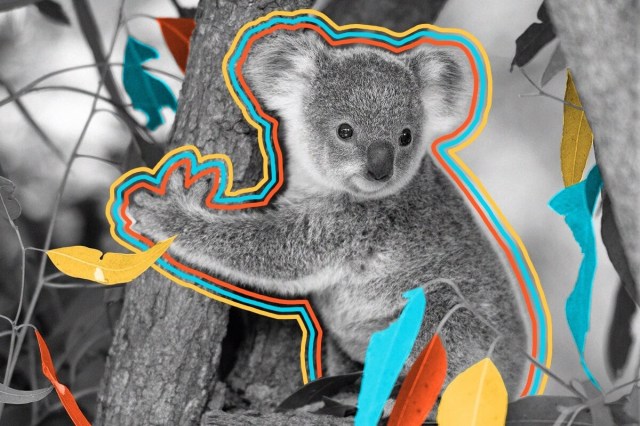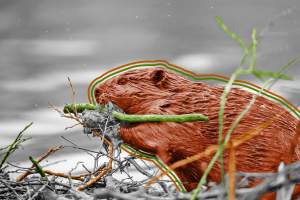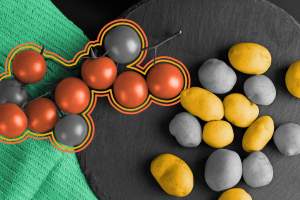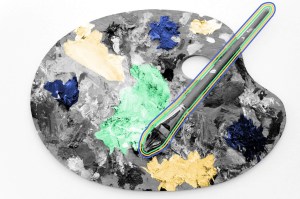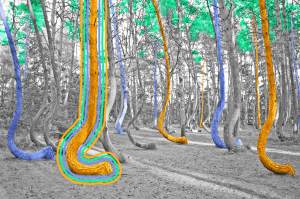
Numbers Don't Lie

“Koala” is believed to mean “______” in the Dharug Aboriginal language.

Ready to reveal?
Confirm your email to play the next question?

“Koala” is believed to mean “no drink” in the Dharug Aboriginal language.

Before fingerprints, body measurements were used to identify criminals.
In 1879, several decades before the use of fingerprints became widespread, a French criminologist named Alphonse Bertillon developed a system based on body dimensions to identify and catalogue criminals and suspects. The five main measurements were head length, head width, length of the middle finger, length of the left foot, and length from the elbow to the end of the middle finger. Each of these was classified as being either small, medium, or large. Despite his insistence that “every measurement slowly reveals the workings of the criminal,” the system was imprecise, and eventually law enforcement agencies turned to fingerprinting instead.

